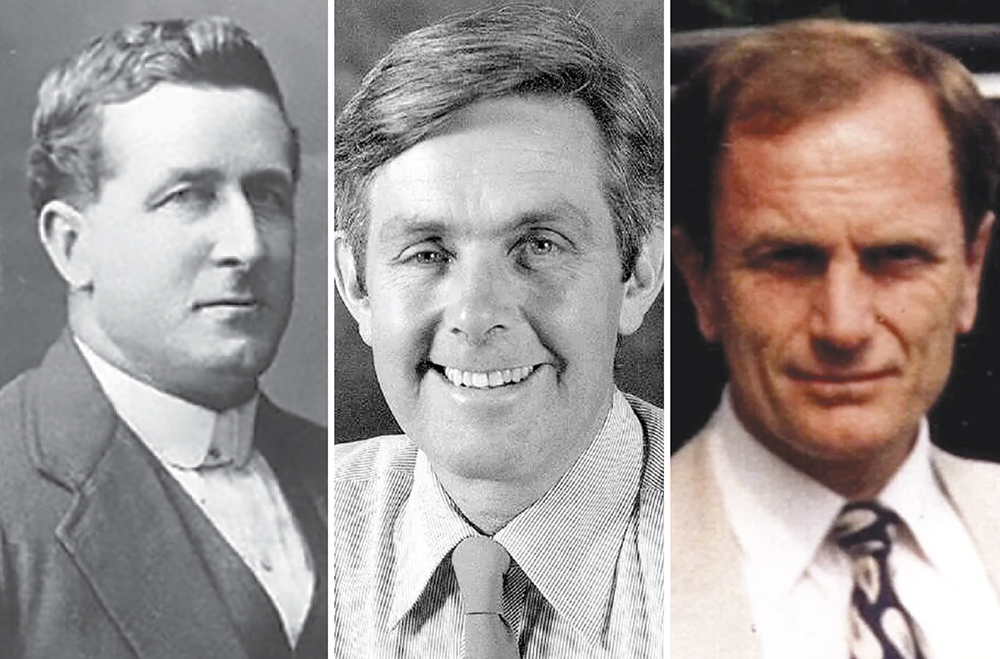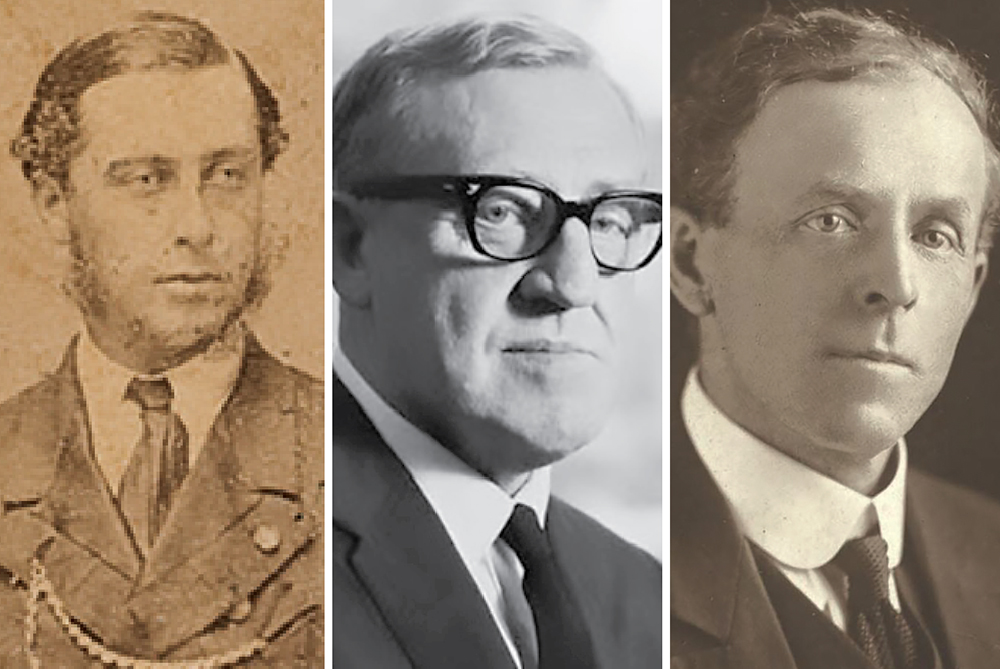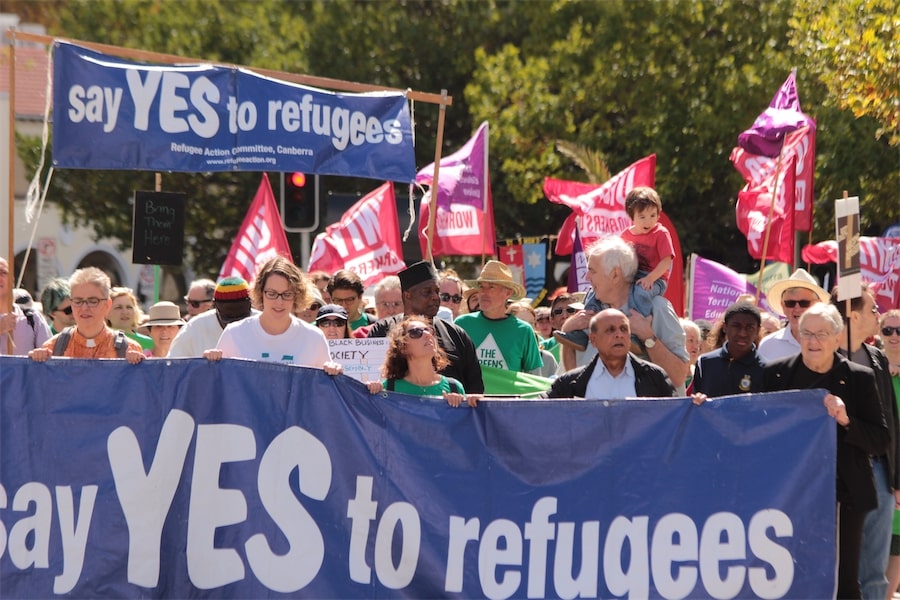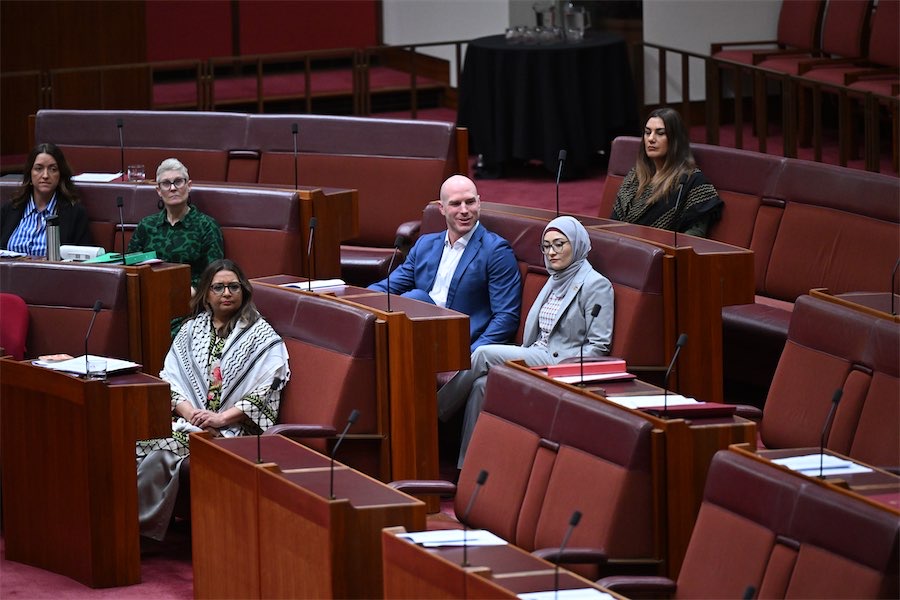
“Routinely stated that the US is ‘no stranger to political violence’, the bleak truth is, neither is Australia. From the mid-1800s we’ve had at least six politically-connected murders or attempts,” writes Yesterday columnist NICHOLE OVERALL.
As a bullet came within a hair’s breadth of piercing presidential contender Donald J Trump’s skull, July 13 became yet another infamous date in US history.

Beamed live everywhere, almost the minute this shocking event unfolded there arose conjecture that it’s a reflection of how rancorous American politics have become in a modern age.
As the assassinations of Abraham Lincoln in 1865, Benazir Bhutto in 2007 – first woman elected to lead a democratic government in a Muslim-majority country as PM of Pakistan – and even Caesar in 44BC demonstrate, it isn’t a new phenomenon nor confined to the US.
The difference now is the amplification: a 24-hour news cycle and a global audience glued to “social” media.
Routinely stated that the US is “no stranger to political violence”, the bleak truth is, neither is Australia.
From the mid-1800s we’ve had at least six politically-connected murders or attempts – three definitively resulting in death.
One of the seemingly least remembered and yet of considerable import involved then-leader of the Australian Labor Party, Arthur Calwell, during the Vietnam War.
The most recent thwarted attempt centred on a threat to the NSW Labor member for Newcastle after a young man entered his electorate office apparently armed and with an intention to harm the MP.
The first public instance on these shores occurred during an 1868 royal visit.
At a picnic in Clontarf, NSW, Irishman Henry James O’Farrell, just released from a “lunatic asylum”, shot the 23-year-old Duke of Edinburgh, Prince Alfred.
With the bullet lodging right of his spine, it was serious though not fatal.
Nonetheless, it led to a wave of anti-Catholic and Irish sentiment and O’Farrell was hanged, aged 35.
A public memorial building was erected in the aftermath: the Royal Prince Alfred Hospital.
MP for Sturt, NSW, Percival Stanley Brookfield was shot and killed in 1921 – though more a case of circumstance than an orchestrated attack.
The Socialist Labor Party member was attempting to disarm a “crazed gunman” who opened fire at Riverton, South Australia.
Labor MP John Newman was gunned down in front of his Cabramatta home in 1994. Eventually a political rival was charged with the murder, murky motivations said to involve Newman’s tough campaign against gangland crime.
Dubbed the “Minister for Murder”, Thomas John Ley was a member of both NSW and federal parliaments before being convicted in England for the killing of a barman, his body dumped in a chalk pit.
Winding up in Broadmoor Asylum, Ley was also linked to three mysterious death

s of political opponents in the antipodes.
The unsolved disappearance in April 1926 of Labor’s Frederick McDonald occurred after Ley attempted to bribe him. Later, a public critic of Ley’s was found at the bottom of Suicide Point, Coogee, while another fell from a boat and drowned.
All nothing more than sinister coincidences? Perhaps.
Another disturbing case is one I grew up with – our family home in Griffith, NSW, down the road from that of Donald Mackay.
In the 1970s, Mackay had run as a Liberal candidate in a number of elections in the Riverina area, a vocal advocate against organised crime.
July 15, 1977, his van was found abandoned at a local club, bloodstains spattering the concrete. Mackay’s body has never been recovered. One hitman was imprisoned in 1986 but many unanswered questions linger.
Federal Opposition Leader Arthur Calwell’s clash with almost-death on June 21, 1966, was near as close a call as Trump’s: “the bullet shattered the window before coming to rest in the left lapel of [his] coat.”
After a heated public meeting in Mosman on Australia’s military involvement in Vietnam, the 70-year-old Calwell was sitting in his car when a man approached.
Making to wind the window down to greet him, the figure lifted a sawn-off rifle, shooting at point-blank range.
Sprayed with glass fragments, his shirt “badly bloodstained”, the Labor politician suffered numerous cuts though, incredibly, nothing more injurious.
The 19-year-old potential assassin claimed he wanted to “be somebody” and that he “didn’t like Mr Calwell’s politics”.
Peter Kocan served 10 years, eventually becoming a highly acclaimed author. His would-be victim suffered his third Federal defeat in November of that year, bowing out of politics in 1973.
On receiving a letter of apology from his attacker, Arthur Calwell forgave him.
Lessons to be learned, indeed.
For the record: Not strictly political violence, Albert Whitford was a former Queensland MP (1918-1920). He was shot four years later, by ex-serviceman James Laydon who accused Whitford of having taken Laydon’s wife “to a brothel” while he was at war.
Who can be trusted?
In a world of spin and confusion, there’s never been a more important time to support independent journalism in Canberra.
If you trust our work online and want to enforce the power of independent voices, I invite you to make a small contribution.
Every dollar of support is invested back into our journalism to help keep citynews.com.au strong and free.
Thank you,
Ian Meikle, editor








Leave a Reply